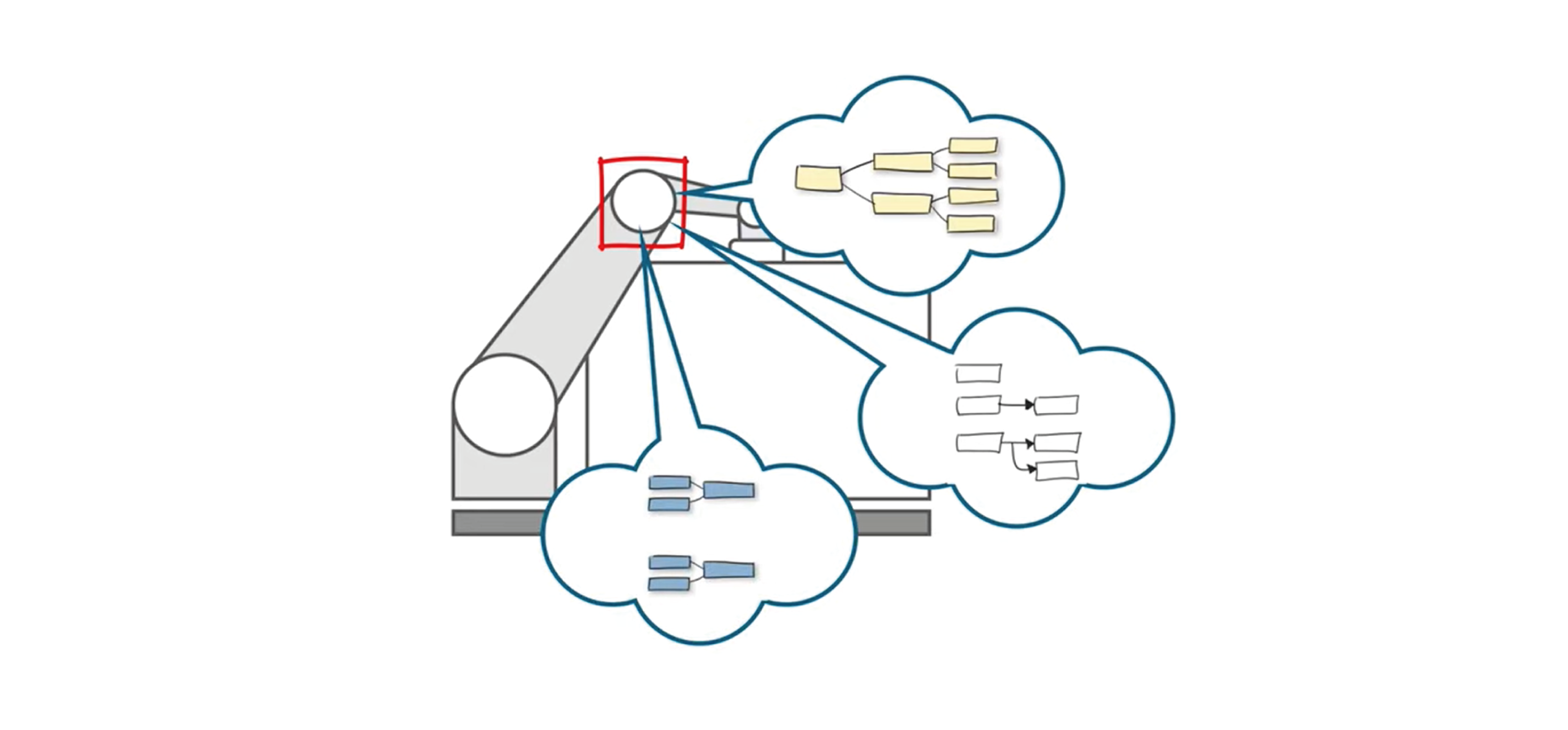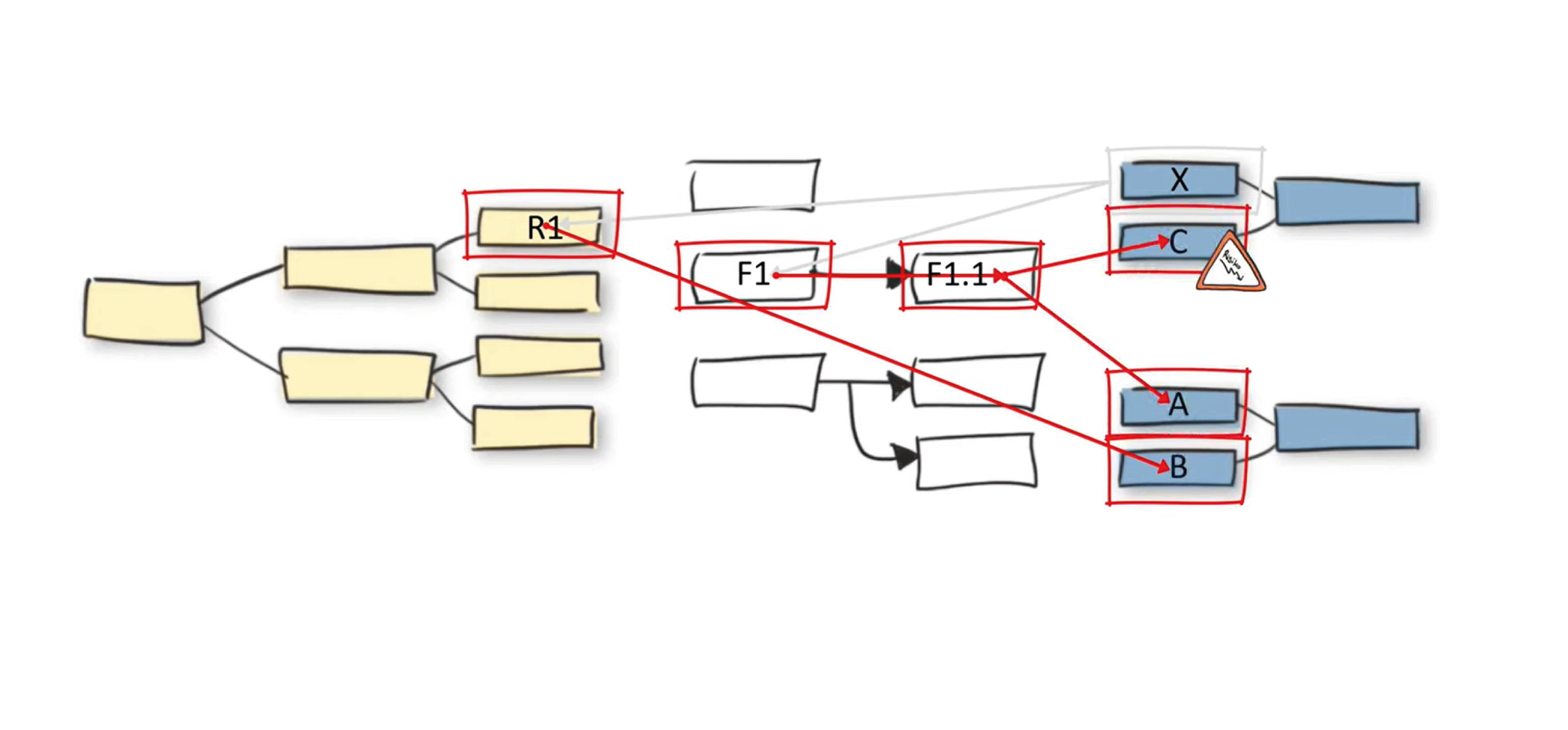Ensuring quality
Functionally analyze the effects of system elements
DRBFM is increasingly becoming an important quality method in system development. The topic of analyzing relationships starting from a system element within the system is an important topic. Whether for the routine review of correlations or for analysis due to a change in a system element, thanks to the function-oriented view of the system with the DRBFM, risks and influences of a system element can be determined for the entire system and necessary measures can be derived.
Perform DRBFM with iQUAVIS
Thanks to the cross-system linking of requirements, functions and system elements, iQUAVIS simplifies the implementation of the DRBFM – e.g. a DRBFM form is quickly created from the already known and linked information. Compilation efforts are drastically reduced. Thanks to the function-oriented approach, concrete risks, the assessment of the risks and the assignment of necessary measures are compiled quickly and easily. In addition, iQUAVIS makes it possible to directly reuse and build on the identified risks and measures for other quality measures such as FMEA.
The DRBFM with iQUAVIS enables
- The rapid analysis of indirect influences on the system from a system element change including risk assessment
- The easy and intuitive identification of measures and the allocation of resources
- The use of the identified risks as a basis for a subsequent FMEA

Function-oriented analysis
With the help of the function-oriented consideration of system relationships, correlations are also identified that are not always apparent in a purely physical view.

Simple combination of direct and indirect influences
Thanks to a linked database of requirements, functions and system elements, indirect influences on other system elements are automatically identified.
